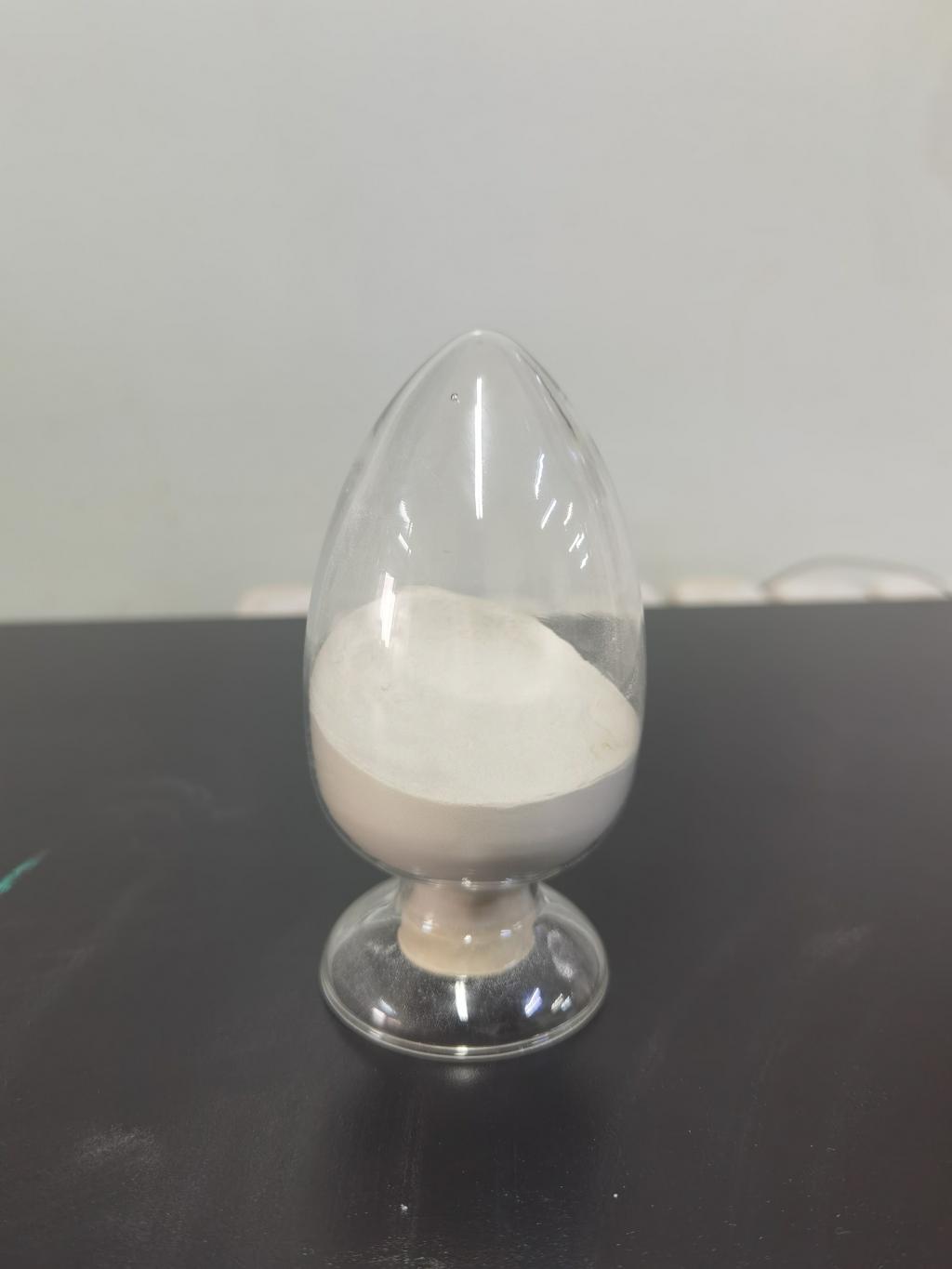Tel:0086 18231198596

News
Current Position:
Home >
News
>Nisin's Role in Health Education: Empowering Consumers About Natural Preservatives
Nisin's Role in Health Education: Empowering Consumers About Natural Preservatives
TIME:2024-01-03
Understanding Nisin:
Nisin is a polycyclic antibacterial peptide produced by certain strains of bacteria, particularly Lactococcus lactis. Its primary function is to inhibit the growth of bacteria, making it a valuable natural preservative. Understanding the science behind nisin is essential for consumers to appreciate its role in food safety and preservation.
The Need for Natural Preservatives:
As consumers become more health-conscious, there is a growing demand for food products with fewer artificial additives and preservatives. Natural preservatives like nisin offer an alternative, addressing concerns about the potential health risks associated with synthetic preservatives. Educating consumers about the benefits of natural preservatives contributes to informed decision-making and healthier food choices.
Nisin's Safety Profile:
One of the key aspects of health education regarding nisin is its safety profile. Extensive research has confirmed the safety of nisin consumption, and regulatory authorities worldwide have approved its use in food products. Communicating this information to consumers is crucial to dispel any concerns and build trust in the use of nisin as a natural preservative.
Nisin's Role in Foodborne Illness Prevention:
Educating consumers about the role of nisin in preventing foodborne illnesses is paramount. By inhibiting the growth of harmful bacteria, nisin contributes to the safety of food products. Understanding how nisin works to protect against pathogens empowers consumers to make choices that prioritize both taste and health.
Applications of Nisin in Everyday Foods:
To effectively communicate the benefits of nisin, it is important to highlight its applications in everyday foods. Nisin can be used in a variety of products such as dairy, meat, and fermented foods. Integrating nisin into these products not only extends their shelf life but also maintains their natural flavors, contributing to a positive culinary experience for consumers.
Incorporating Nisin into Home Cooking:
Beyond commercially produced foods, consumers can also harness the benefits of nisin in their own kitchens. Health education should focus on teaching home cooks how to incorporate nisin into their recipes for homemade jams, pickles, and fermented foods. This hands-on approach allows consumers to take control of their food preservation methods, promoting a sense of empowerment and creativity in the kitchen.
Addressing Misconceptions:
As with any emerging ingredient, there may be misconceptions about nisin. Health education initiatives should address common misconceptions, such as fears of antimicrobial resistance or adverse health effects. Providing accurate information and dispelling myths ensures that consumers make informed decisions based on scientific evidence.
Sustainability Considerations:
In addition to health benefits, nisin's role in sustainability can be emphasized in health education. As a natural preservative, nisin contributes to reducing food waste by extending the shelf life of products. Consumers who are environmentally conscious may appreciate the positive impact of incorporating natural preservatives like nisin into their food choices.
Collaboration with Health Professionals:
Health education about nisin should not be limited to public awareness campaigns. Collaboration with health professionals, including nutritionists and dietitians, can enhance the credibility and effectiveness of educational initiatives. These professionals can provide personalized advice to individuals and communities, promoting the adoption of healthier food preservation practices.
Future Outlook:
As health education initiatives regarding natural preservatives like nisin continue to unfold, the future outlook is promising. Consumers armed with knowledge about the benefits of natural preservatives are likely to drive market demand for healthier food options. This, in turn, may encourage further research and innovation in the field of natural preservatives, contributing to a positive cycle of informed consumer choices and industry advancements.
Conclusion:
Nisin's role in health education is integral to fostering a greater understanding of natural preservatives among consumers. By providing accurate information about its safety, applications, and benefits, health education initiatives can empower individuals to make informed choices that align with their health and sustainability goals. As consumers become more educated about natural preservatives, including nisin, they play a pivotal role in shaping a food industry that prioritizes both the safety and enjoyment of the culinary experience.

 CONTACT
CONTACT




